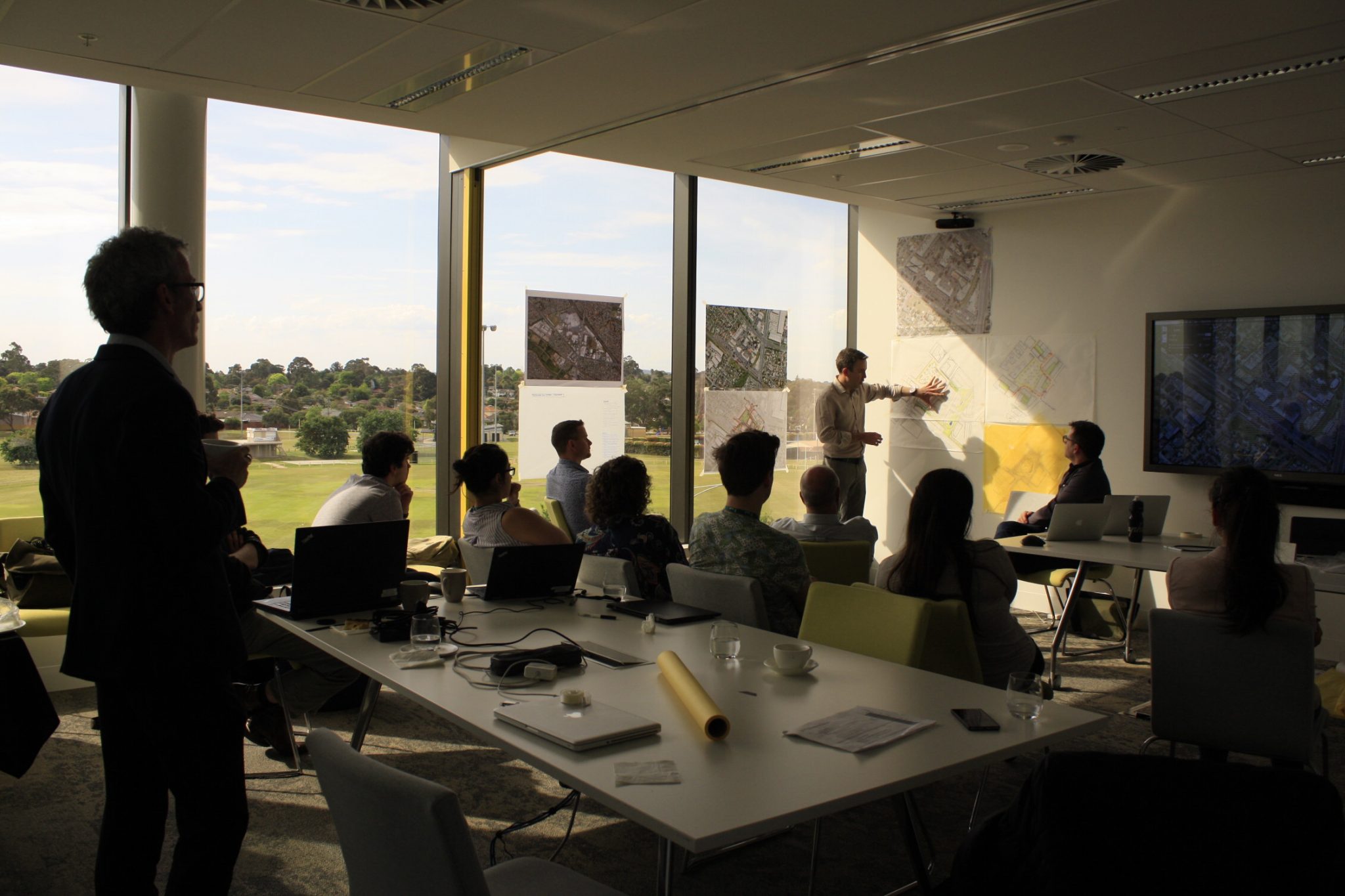June 24, 2025
—
3
min read
The Neuro-diverse-city

Image: 'Restorative Ground' public space, New York City
Between 15%-25% of the population are neurodiverse – experiencing the environment in varied, different, distinct and sometimes challenging ways. This presents significant design challenges, in creating and maintinaing indoor and outdoor spaces which feel comfortable, safe and accessible for a range of experiential factors and sensory sensitivities.
Urban Design principles and policies typically seek vibrant, busy places to promote a sense of safety, social opportunities and business prosperity. However, bustling, loud and highly populated settings can feel overwhelming, unwelcoming, and unsafe for many people - effectively excluding them from public life.
Many stadiums in Australia and internationally now provide Sensory Rooms, to allow those with sensory sensitivity or overwhelm to access a quiet, comfortable, secluded space to mentally 'decompress', and briefly escape a setting which can be crowded, loud, bright and intense. This strategy may provide clues for how we design the public street or urban environment.
McP recently presented out early investigations at a lunchtime talk at Urban Planning Collective, generating significant interest.



